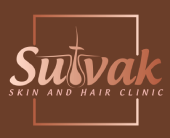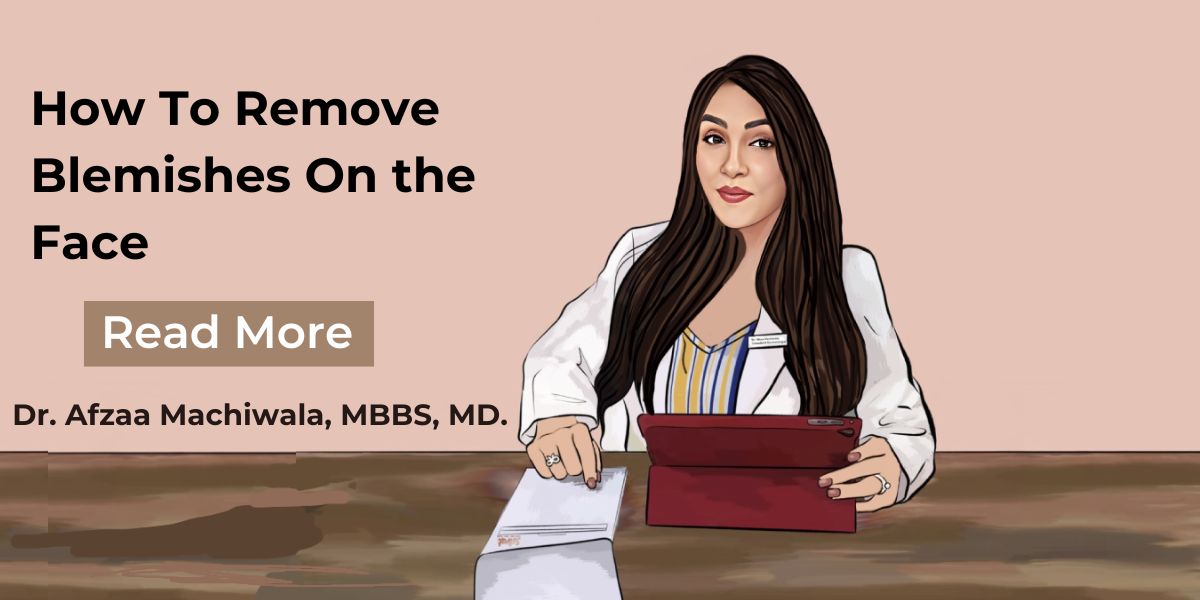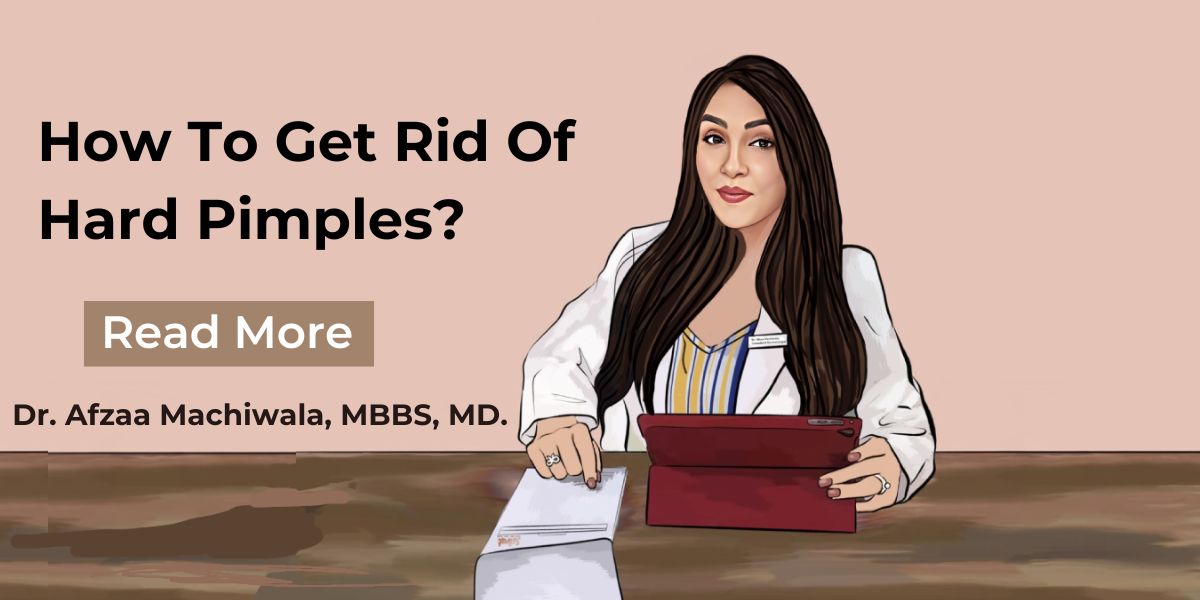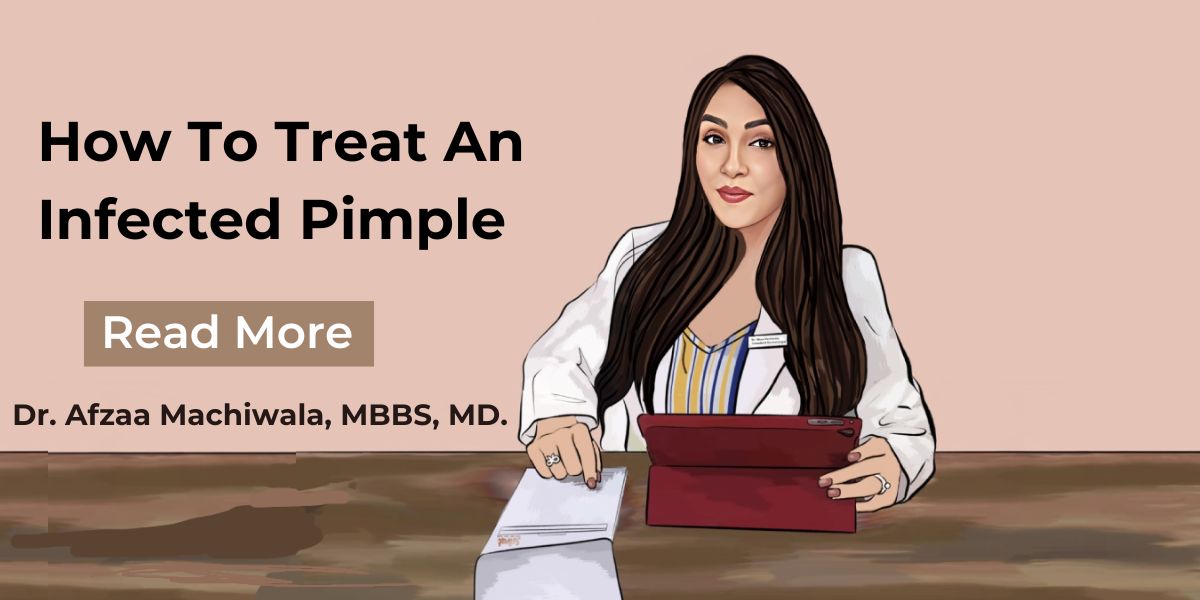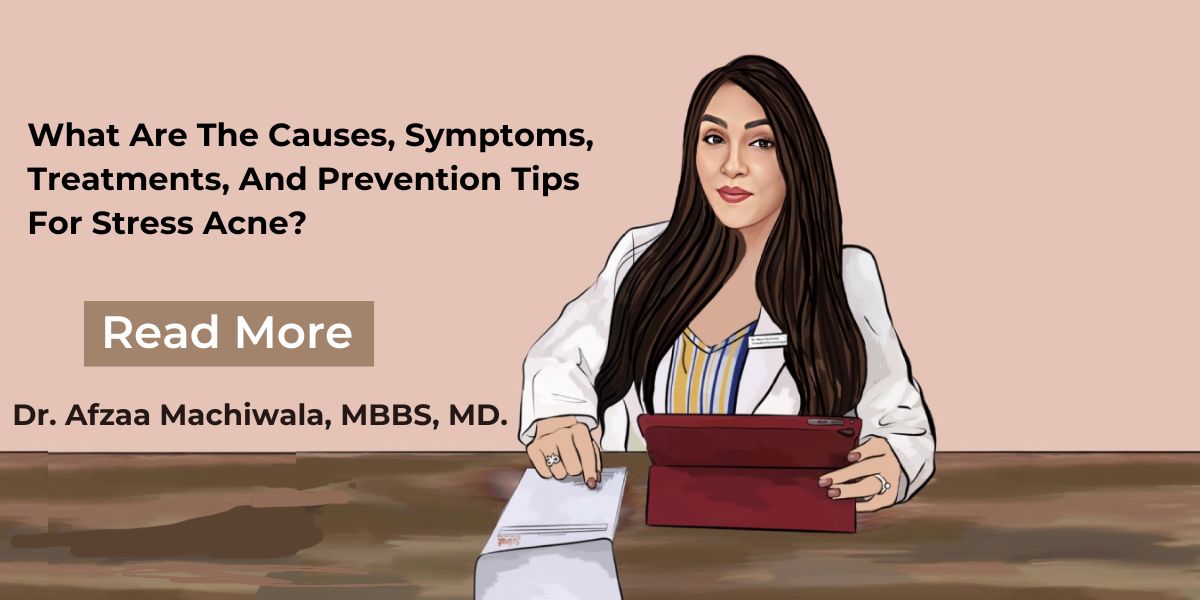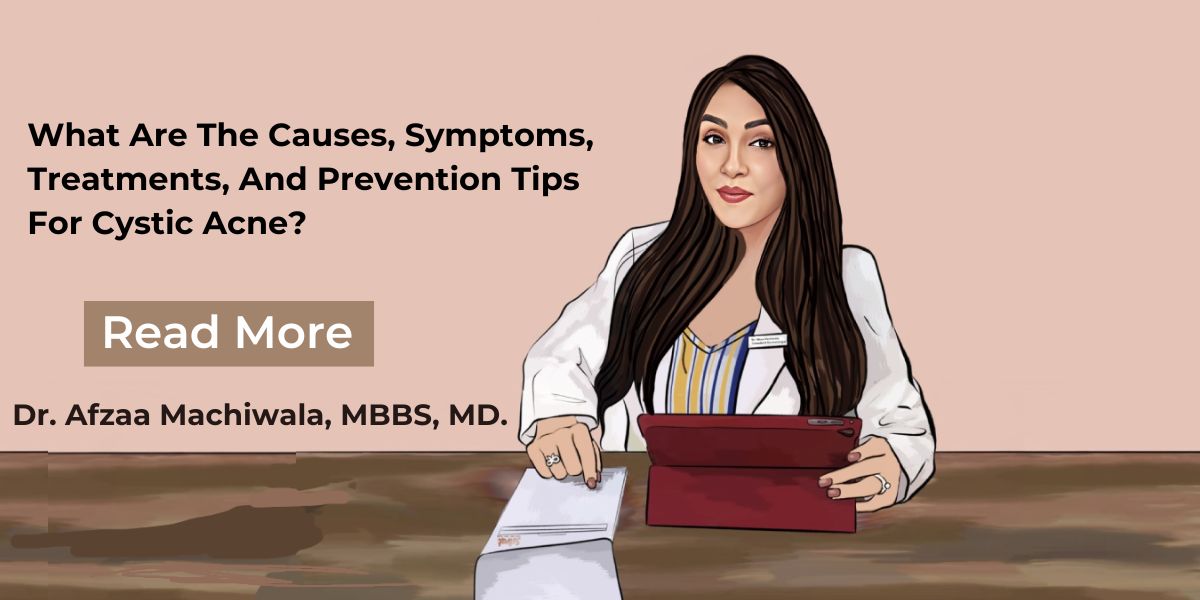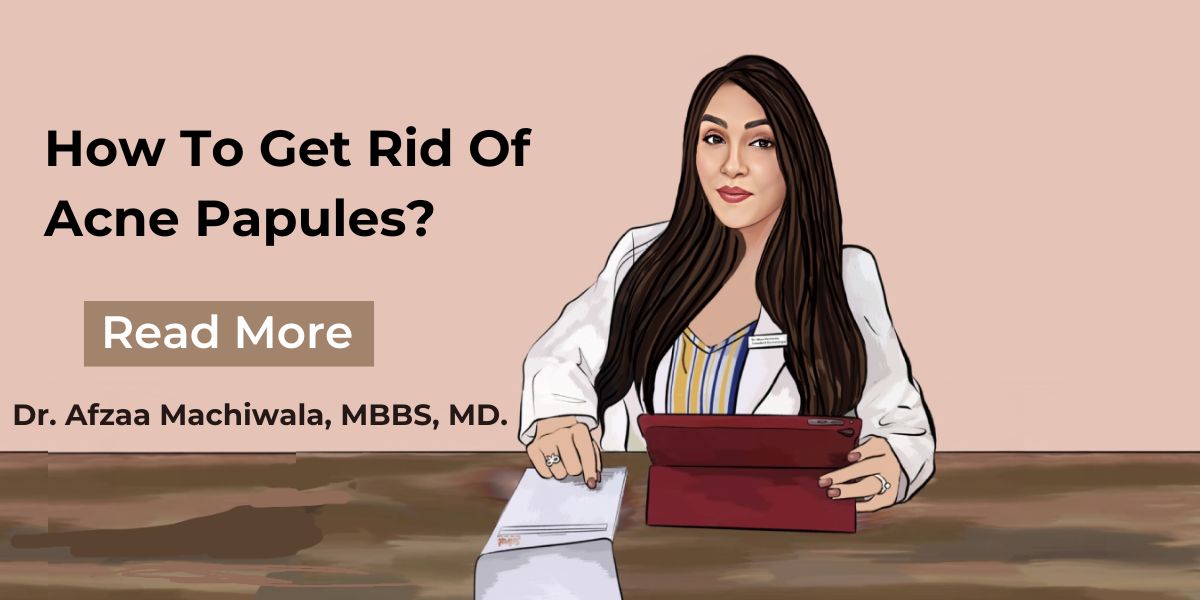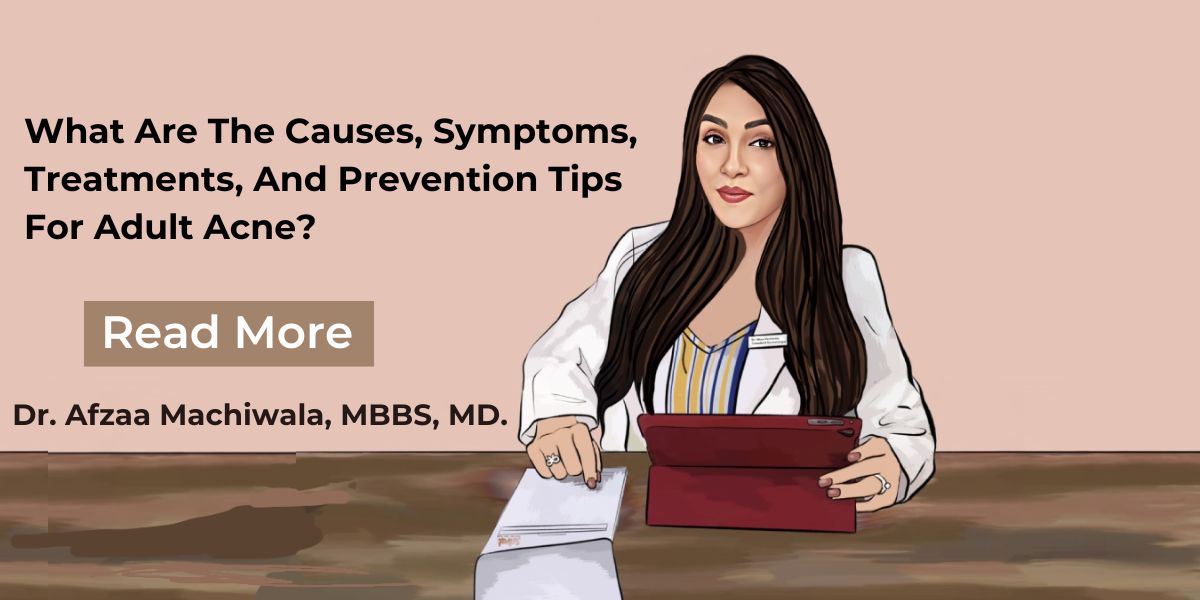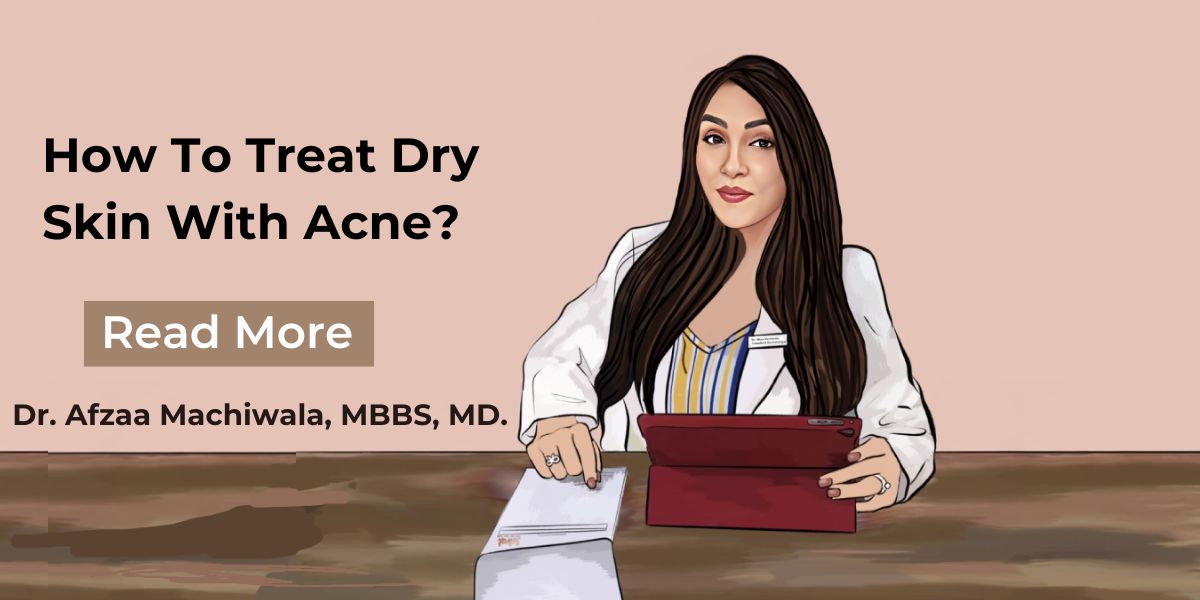What is Open Pore On face? Types, Causes & Treatment method
What is Open Pores
Open pores, visible openings of hair follicles on the skin, are often visible on the face and can appear enlarged due to factors like age, genetics, and environmental influences. These pores are more susceptible to oil, dirt, and bacteria accumulation, leading to acne and blackheads.
Effective management involves a regular skincare routine, targeted treatments, and a healthy diet. Maintaining a hydrated state can also help reduce the prominence of open pores.
What Are The Types Of Open Pores?
1. O-Shaped Pores
- O-Shaped Pores are typically round and are often seen in areas where the skin produces more oil, like the forehead and nose. These open pores on faces are prone to accumulating sebum and debris, which can lead to blackheads and a noticeable appearance.
2. U-Shaped Pores
- U-Shaped Pores are more elongated and can be seen on drier areas of the face, such as the cheeks. These pores on face are less likely to become clogged but may appear larger due to decreased skin elasticity associated with aging.
3. Y-Shaped Pores
- Y-Shaped Pores often appear at the corners of the face and can look pinched or narrow at the top, expanding outwards. They are commonly affected by both dryness and oiliness, making them challenging to manage without a balanced skincare approach.
Understanding these types of open pores can aid in tailoring your skincare regimen to better address and minimize their appearance, promoting healthier and smoother skin.
What is the cause of Pores?
The appearance of open pores on faces is influenced by several factors, each contributing to their size and visibility. Understanding these causes is essential for adopting measures to prevent open pores and maintain smoother skin.
1. Genetics
- Genetics play a pivotal role in determining skin type and pore size. You’re more likely to have large pores if they run in your family.
2. Aging
- Aging contributes to open pores as skin loses elasticity over time, causing pores to dilate and become more visible. This natural reduction in skin firmness makes pores on the face appear larger.
3. Oily Skin
- Oily Skin and Hormones significantly affect pore appearance. Excess sebum production, often influenced by hormonal changes, can cause pores to expand to accommodate the increased oil output.
4. Sun Exposure
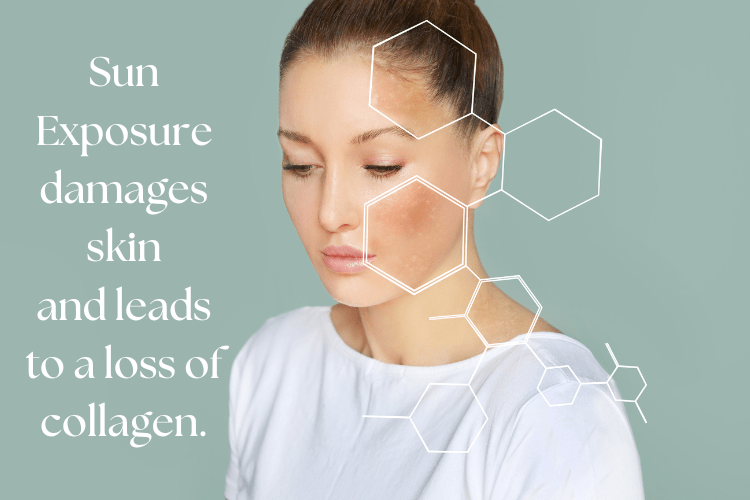
- Sun Exposure damages skin and leads to a loss of collagen, which supports pores and keeps them tight. Without enough collagen, pores can slacken and enlarge.
5. Skin Conditions,
- Sun Exposure damages skin and leads to a loss of collagen, which supports pores and keeps them tight. Without enough collagen, pores can slacken and enlarge.
6. Environmental Pollution
- Environmental Pollution introduces contaminants that can clog and expand pores, making them more apparent.
7. Dehydration
- Dehydration affects skin elasticity and can cause pores to appear more pronounced. When the skin lacks moisture, it becomes flaky and rough, emphasizing the appearance of pores.
Addressing these factors with targeted skincare and lifestyle adjustments can help minimize the Causes of open pores and improve skin health.
How to Reduce The Size Of Your Pores?
Reducing the size of your pores can significantly enhance the appearance of your skin, addressing the reason for open pores and improving overall skin health. Here are some effective strategies to reduce open pores on face:
Treat Acne
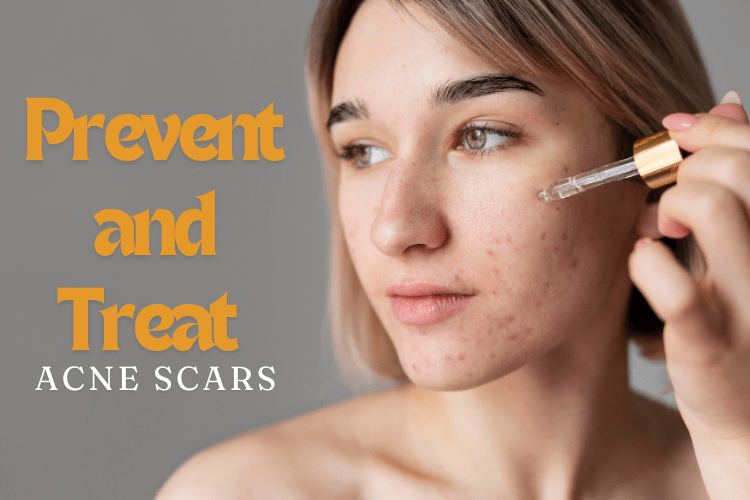
- Acne management is crucial as it can enlarge pores, and using topical treatments or dermatologist consultations can help control breakouts and prevent pore prominence.
Antibiotics
- For persistent acne that contributes to open pores, antibiotics can be effective. They reduce inflammation and bacteria, helping to clear the skin and minimize pore appearance.
Wear A Clay Mask
- Applying a clay mask can draw out impurities and oils that widen pores. Regular use of clay masks helps to refine open pores on faces, making them less visible.
Exfoliate Regularly
- Exfoliation removes dead skin cells that can clog pores, making them appear larger. Regular exfoliation can keep the pores clean and less noticeable.
By incorporating these methods into your skincare routine, you can effectively minimize open pores and achieve smoother, clearer skin.
Specialized Treatments at Sutvak Clinic
Sutvak Clinic offers high-class skin and hair treatments, staffed by skilled dermatologists. They provide personalized care and advanced treatments, using the latest technology. Their specialized services, including targeted open pores treatment, focus on reducing face pores and enhancing natural beauty. Sutvak Clinic is dedicated to delivering outstanding results.
Conclusion:-
Open pores can be effectively managed with the right care and understanding. By identifying your pore type and causes, you can customize your skincare to address and reduce them. Consistent, targeted treatments are essential for maintaining smooth, healthy skin. With ongoing care and professional treatments at clinics like Sutvak Clinic, achieving clearer, more radiant skin is possible.
Q1. What are the most effective professional treatments for open pores?
Professional treatments like laser therapy, chemical peels, and microdermabrasion can reduce open pores size, with consulting a dermatologist to determine the best treatment for your skin type.
Q2. How often should I exfoliate to manage open pores?
Exfoliating 2-3 times a week is recommended for oily or acne-prone skin, while sensitive individuals should limit their routine to once a week to avoid irritation.
Q3. Can diet affect the appearance of open pores?
A processed and sugary diet can increase oil production and skin issues, while a well-balanced diet rich in antioxidants, vitamins, and minerals can improve skin health.

